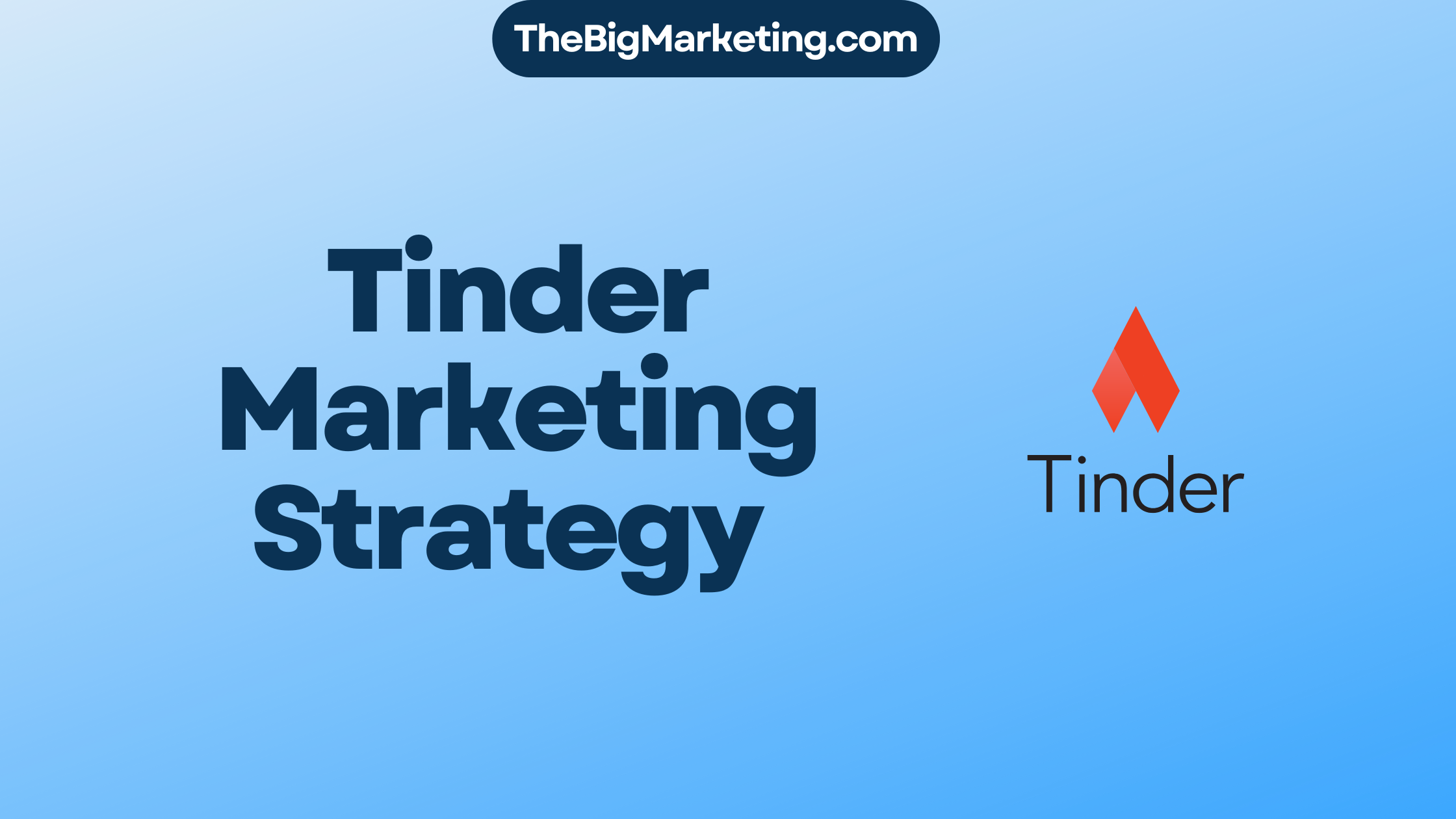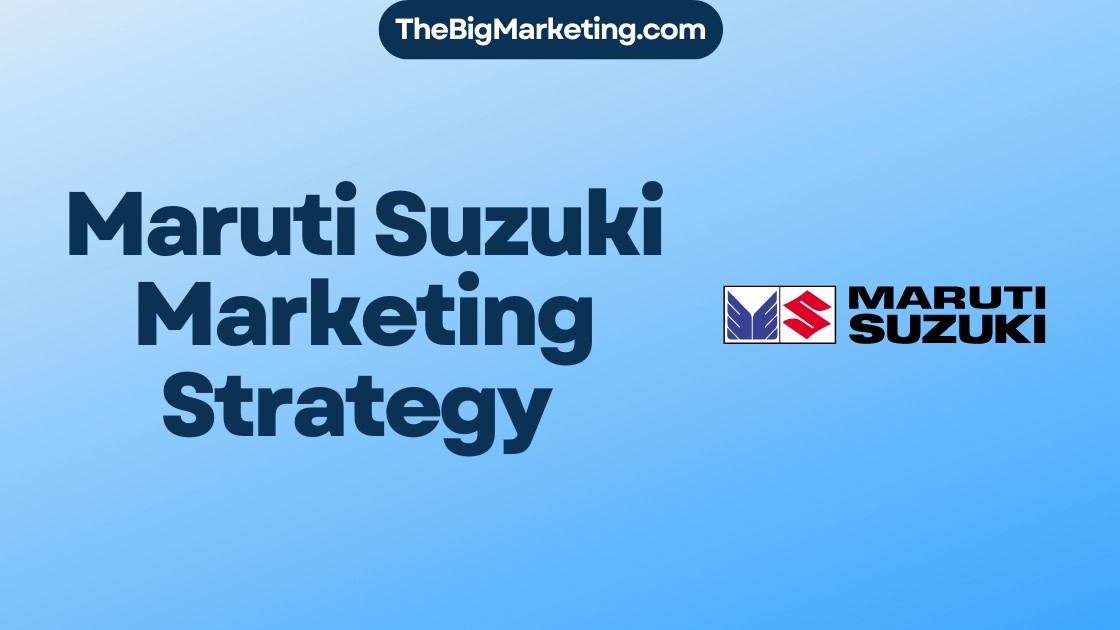Value-based marketing centers around the needs and satisfaction of customers. It identifies and communicates the value of products and services. This approach seeks to enhance the customer experience and boost brand loyalty. Businesses focus on customer value to stand out from competitors and increase their ROI.
Key Takeaways:
- Value-based marketing puts the customer at the center of the marketing strategy.
- It focuses on understanding customer needs and delivering value through products and services.
- By prioritizing customer value, businesses can build brand loyalty and increase customer satisfaction.
- Value-based marketing helps businesses differentiate themselves from competitors.
- A customer-centric approach leads to higher ROI and long-term business success.
What is Value-Based Marketing?
Value-Based marketing centers on providing customers with real value. It seeks to meet customer needs with targeted marketing strategies. By showing how their products or services benefit customers, businesses can attract and keep them.
At the heart of value-based marketing are the customer’s needs and wants. Identifying and resolving customer issues with value-driven strategies builds trust. Instead of just listing features, it shows how these features solve problems and enhance lives.
Trust is vital in value-based marketing. By consistently offering real value and solving problems, businesses earn their customers’ trust. This trust is essential for lasting relationships and customer loyalty.
This approach is not just about tactics. It’s about considering the entire customer experience. Understanding and delivering value at all points ensures a positive experience and higher satisfaction.
Customer Value and Brand Trust
Customer value is key in value-based marketing. Knowing what customers value and targeting it makes a business stand out. This helps in attracting customers who share the brand’s values.
Trust in a brand is crucial too. Trusted brands see more customer engagement, repeat buys, and referrals. Earning this trust means being consistent, transparent, and keeping promises.
In summary, value-based marketing puts the customer first. By meeting their needs and showing genuine value in products or services, companies can connect deeply with their audience. This leads to lasting success.
Types of Value in Marketing
In marketing, value can show up in various ways. Knowing and using these values can help companies design better marketing plans. They can make sure their efforts match what their customers want. The four key value types in marketing are: functional value, emotional value, economic value, and social value.
Functional Value
Functional value is about the benefits and use of a product or service. It focuses on how a product or service meets the practical needs of its users. For example, a smartphone that is easy to use and has lots of features offers functional value. It makes things easier and more efficient for users.
Emotional Value
Emotional value is the positive feelings a product or service brings to customers. It goes beyond just being useful and touches the emotional side of a customer’s experience. A luxury spa, for example, that offers a calm and relaxing environment creates emotional value. It helps customers relax and feel better.
Economic Value
Economic value is about the cost benefits of using a product or service. Customers like products or services that give them economic value. This can mean lower prices, discounts, or savings. A good example is a budget airline with low fares but still ensures safety and quality.
Social Value
Social value is linked to how a product or service helps with social interactions. It focuses on the social perks customers get from a product or service. A social networking site, for instance, gives social value by helping people keep in touch with friends and family.
By knowing these value types, companies can better shape their marketing approaches. This shows the importance of including functional, emotional, economic, and social value in marketing. Doing this helps businesses connect with their target audience more effectively.
Value-Based Marketing vs. Traditional Marketing
Marketing strategies can be vastly different, with value-based marketing diverging from traditional methods. Traditional marketing focuses on the product. It highlights features and benefits. Value-based marketing, however, is all about the customer. It looks at the value a product or service brings to them, aiming to solve their problems and earn their trust.
Traditional marketing spotlights product features and specs. It aims to show why a product or service is superior, pushing customers to buy based on those qualities alone. This approach has been popular for many years.
Value-based marketing, in contrast, puts the customer first. It seeks to understand what the customer truly needs and wants. Then it shows how the product or service can meet those needs. This approach deals with customer pain points, showing the value and benefits they’ll get.
With value-based marketing, businesses can forge stronger connections with their customers. They work on gaining trust by solving customer problems and showing how their products can help. This helps them stand out from competitors who just use traditional marketing.
This strategy also helps businesses build lasting relationships with their customers, based on understanding and shared values. By focusing on the value customers get, businesses can encourage loyalty and repeat business.
To sum up, value-based marketing focuses on the customer and the value they receive. It aims to address their issues and build trust, setting businesses apart from competitors. By adopting this strategy, businesses can create deeper customer connections, encourage loyalty, and enjoy long-term success.
Key Components of Value-Based Marketing
To make value-based marketing work, understanding its main parts is crucial. These include knowing what customers need, giving them value, and building trust.
Understanding Customer Needs
First, figure out what your customers really want. Learn about their issues and challenges. Then, offer your product or service as a real solution.
Developing a Value Proposition
Having a strong value proposition is key. It tells customers why your offer is best for them. It highlights the benefits and solves their specific problems, making you stand out.
Delivering Value Throughout the Customer Journey
Providing value at every step is essential. Make sure customers get value whenever they interact with your brand. Use personalized experiences, top-notch service, and keep innovating.
Building Trust-Based Relationships
Trust is everything in value-based marketing. Be honest and open in all customer interactions. This builds strong relationships. Happy, loyal customers will support and grow your brand.
Include these elements in your strategy to really meet customer needs. You’ll deliver great value and create lasting trust. This boosts satisfaction, loyalty, and your business’s success.
Implementing a Value-Based Marketing Strategy
To implement a value-based marketing strategy, start by focusing on attracting and converting leads. Adopt a customer-centric approach. Provide value all through the customer journey. This helps build strong relationships and increase revenue.
Begin with creating value-based content. It should educate and engage your potential customers. This content could be blog posts, videos, or downloadable resources. Deliver content that addresses customer needs to be seen as a trusted authority.
Next up, lead generation is key. Develop attractive lead magnets to collect contacts. These can be e-books, webinars, or guides filled with actionable tips. Use email, social media, or ads to generate leads and grow your base.
When potential clients show interest, it’s time for ongoing nurture. Use personalized emails or exclusive offers to keep them engaged. Automate emails or use marketing automation to scale your efforts. Make sure no lead is overlooked.
Finally, focus on winning clients. Offer high-value briefings to showcase your expertise. Use enrollment calls to discuss your business’s value and build trust. Communicate effectively to turn potential clients into paying ones.
In conclusion, a value-based marketing strategy needs creating content, lead generation, nurturing relationships, and winning clients. By offering value at each step, businesses can stand out, build trust, and succeed long-term.
Focus: The First Step in Value-Based Marketing
The journey towards value-based marketing starts with finding the perfect niche for your products or services. It’s about figuring out who will benefit most from what you’re offering. This way, you can make sure your marketing truly hits the mark.
To really get what your audience needs, you must dig deep. This means doing your homework to learn their struggles, dreams, and what they want to achieve. By getting into their heads, you can understand what drives them.
Knowing your audience well helps you craft a strong value proposition. This is a message that tells them exactly why they should choose you. It shows how you can solve their problems in a way others can’t.
Focusing on the right niche, understanding your audience, and presenting a solid value proposition are key. They help you build a marketing plan that’s all about delivering great value. This focused approach makes sure your marketing truly speaks to your customers.
Value-based marketing is all about putting your audience first. It’s about solving their problems and keeping their needs at the center of your plans. Doing this helps you build lasting relationships, make customers happy, and find success over time.
Example
Let’s see how one company nailed their marketing by focusing on value:
“VitalityFit,” a health and wellness company, aimed at busy urban professionals seeking easy fitness solutions. They did their homework to understand what this group was looking for. This deep understanding allowed them to really connect with their audience.
With insights in hand, VitalityFit crafted a value proposition around their unique offering: a mobile app with personalized fitness plans, nutrition advice, and virtual classes. This messaging stressed convenience, effectiveness, and personalization for their audience.
By zeroing in on their ideal niche, understanding their audience deeply, and creating a compelling offer, VitalityFit laid out a smart marketing strategy. It clearly communicated the value of their services, leading to better customer engagement and loyalty.
| Key Elements of Focus | Action Steps |
|---|---|
| Ideal Niche | – Conduct market research to identify a specific target audience – Define their characteristics, interests, and needs – Determine how your products or services can provide value to this niche |
| Deep Client Insight | – Conduct thorough research and analysis – Understand the challenges, goals, and motivations of your target audience – Gain an in-depth understanding of their pain points and desires |
| Value Proposition | – Create a compelling value proposition that clearly communicates the unique benefits and value your business offers – Highlight how your products or services can meet the needs and solve the problems of your target audience – Differentiate yourself from competitors by emphasizing your unique value |
Lead Generation: Making First Contact With Potential Clients
Lead generation is key in marketing that focuses on value. Companies must make a strong lead magnet. This could be an ebook, webinar, or something else that’s useful. It should solve problems and show what the business knows.
This lead magnet should then be shared with likely customers. Email is great for sending it out because it lets companies target and personalize their message. Social media is another way to get potential customers’ attention. It’s good for sharing helpful stuff and talking to them.
Generating leads means using tactics like content marketing, ads, or going to events. With content marketing, companies draw in people by giving them the info they need. Ads help reach more people quickly. And at events, companies can meet potential customers in person and connect.
A good strategy for leads helps companies find people who might buy from them later. This way, they have a list of these potential customers they can talk to more. That helps them make sales in the long term.
Benefits of Effective Lead Generation:
- Increased customer base and potential revenue
- Opportunity to build trust and credibility with potential clients
- Ability to understand customer needs and preferences better
- Higher conversion rates and improved ROI
- Stronger brand awareness and recognition
Good lead generation is the starting point for marketing that’s based on value. It makes the first connection with potential customers. And it starts the process of building relationships based on trust.
Ongoing Nurture: Adding Value Throughout Your Relationship
Ongoing nurture is key to keeping and adding value to client relationships. It’s important to know what your potential clients need and like. By sorting your audience, you can make your marketing more personal. This helps you connect better with each client.
Personalizing your approach is a big part of nurturing well. Taking the time for one-on-one talks and follow-up emails shows clients you truly care. When you offer content that meets their specific needs, you build trust. This makes your relationship with them stronger.
Automated nurturing is also vital for reaching more people effectively. By using automated emails and personalized marketing, you can keep providing value. This is possible even when you can’t talk to them directly.
By mixing personal touch with automated methods, every client feels cared for. Meanwhile, you can also reach more people. This method keeps you in touch with your potential clients. It helps you keep adding value as they decide, increasing your chances of success.
Benefits of Ongoing Nurture:
- Builds trust and strengthens relationships with potential clients
- Provides personalized value based on individual needs and preferences
- Keeps potential clients engaged and informed throughout their journey
- Increases the likelihood of conversion and long-term success
- Allows for scalability through automated nurture processes
| Personal Nurturing | Automated Nurture |
|---|---|
| One-on-one communication | Automated email sequences |
| Follow-up emails | Personalized marketing automation |
| Addressing specific pain points | Consistent delivery of value |
Winning Clients: The Final Step of Converting Potential Clients into Paying Clients
After you’ve worked on a value-based marketing strategy and nurtured potential clients, the next big step is winning them over. This means you need to communicate well and show the real value and expertise of your business. Winning clients involves two main parts: high-value briefings and enrollment calls.
High-Value Briefings
High-value briefings let you show what your business can do for potential clients. You share your expertise and propose solutions for their specific problems. By sharing the benefits of your products or services, you build trust and establish yourself as a valuable ally.
In a high-value briefing, explain how your offerings meet the client’s needs and goals. Make sure to clearly state the benefits they will gain. Use real success stories and data to back up your claims and show your value.
Enrollment Calls
Enrollment calls are key to turning potential clients into actual paying ones. These calls give you the chance to talk one-on-one, answer questions, and highlight the unique value your business offers.
Focus on your value proposition during these calls. Listen carefully to what the potential clients need, and customize your answers. If they have doubts, address them and explain how your services or products can solve their issues and achieve their targets.
Highlight how working with your business will benefit them, like making things more efficient, saving money, or boosting productivity. Be open about costs and any guarantees to ease their worries.
Communicating the value and advantages you offer during enrollment calls is crucial. It helps build confidence in your potential clients, encouraging them to commit.
The aim is to attract clients who really see the value in what you offer. By focusing on their needs, showing your skills in briefings, and tackling their concerns in calls, you can turn potential clients into paying ones.
Conclusion
Value-based marketing puts the customer first. It’s about understanding what customers need and showing how a product or service meets those needs. This approach helps create a loyal customer base and boosts satisfaction.
This strategy is vital in a market where customers think carefully about where to spend their money. It helps businesses stand out from the competition.
By solving customer problems and offering great experiences, companies can develop lasting bonds with their customers. This focus on the customer increases loyalty and satisfaction. It also gives businesses an edge over others, leading to success.
Understanding customers deeply is key in value-based marketing. By focusing on what the customer needs and the value a business offers, that business can share its benefits more effectively. This strategy builds trust and strong relationships with customers, increasing loyalty and satisfaction.








